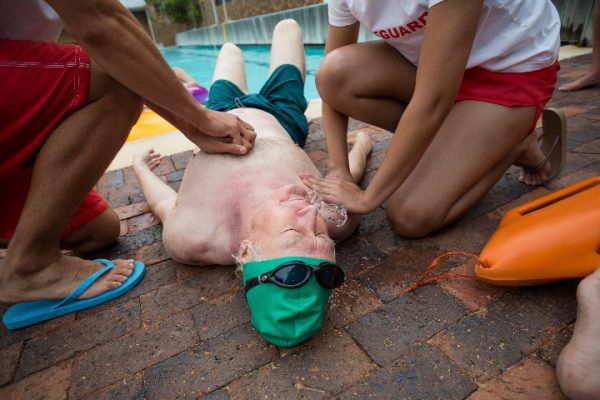Discover the crucial safety rules you should follow when swimming after adding pool chemicals. Learn how to keep your family safe and enjoy a pristine pool experience.
A well-maintained swimming pool is essential for enjoying those warm, sunny days with family and friends. Properly balancing and adding pool chemicals plays a significant role in keeping your pool safe and clean. However, diving in too soon after treating your pool with chemicals can have adverse effects on your health. In this blog, we will explain the essential safety rules to follow when swimming after adding pool chemicals, ensuring a safe and enjoyable experience for everyone.
- Wait for Pool Chemicals to Disperse
The first rule to follow when swimming after adding pool chemicals is allowing enough time for the chemicals to disperse evenly throughout the water. Chlorine and other chemical treatments can cause skin and eye irritation if not adequately diluted. The standard waiting period is typically 30 minutes to an hour after adding chemicals, but it’s essential to refer to the manufacturer’s recommendations for specific guidelines.
- Test Water Balance Levels
Before jumping back in, ensure your pool water is correctly balanced by testing the pH, chlorine, and other essential levels. Ideal pH levels should be between 7.2 and 7.6, while free chlorine should range from 1 to 3 parts per million (ppm). Use a reliable pool test kit or test strips to determine the water balance, and only swim once the levels are within the recommended ranges.
- Proper Ventilation and Pool Circulation
When adding pool chemicals, it’s crucial to have proper ventilation and circulation in your pool. Adequate circulation helps distribute chemicals evenly throughout the water, preventing concentrated areas that could be harmful to swimmers. Turn on your pool pump and filter system while adding chemicals, and let it run for at least an hour or according to the manufacturer’s guidelines to ensure even distribution.
- Wear Appropriate Swimwear and Gear
Swimming in chemically treated water can cause skin irritation and eye discomfort, so it’s essential to wear appropriate swimwear and gear. Invest in quality, chemical-resistant swimwear and use goggles to protect your eyes from the chemicals. After swimming, rinse off your swimwear and shower with soap to remove any lingering chemicals from your body.
- Avoid Swimming After Heavy Chemical Treatments
Some pool maintenance tasks, such as shocking or algaecide treatments, involve using large amounts of chemicals. These heavy treatments require an extended waiting period before it’s safe to swim. In most cases, you should wait at least 24 hours before swimming after a shock treatment or algaecide application. Always follow the manufacturer’s guidelines for specific waiting periods.
Proper pool maintenance involves careful handling and application of pool chemicals to ensure a safe and enjoyable swimming experience. By following these essential safety rules, you can protect yourself and your loved ones from potential health risks associated with swimming after adding pool chemicals. Remember to test your water regularly, follow manufacturer guidelines, and prioritize safety to keep your pool clean and inviting all season long.
